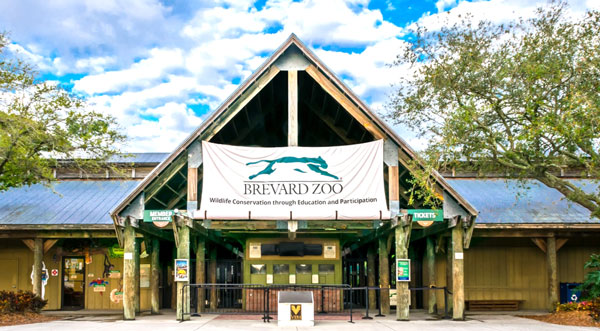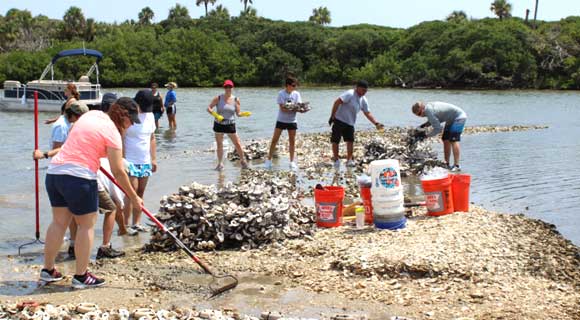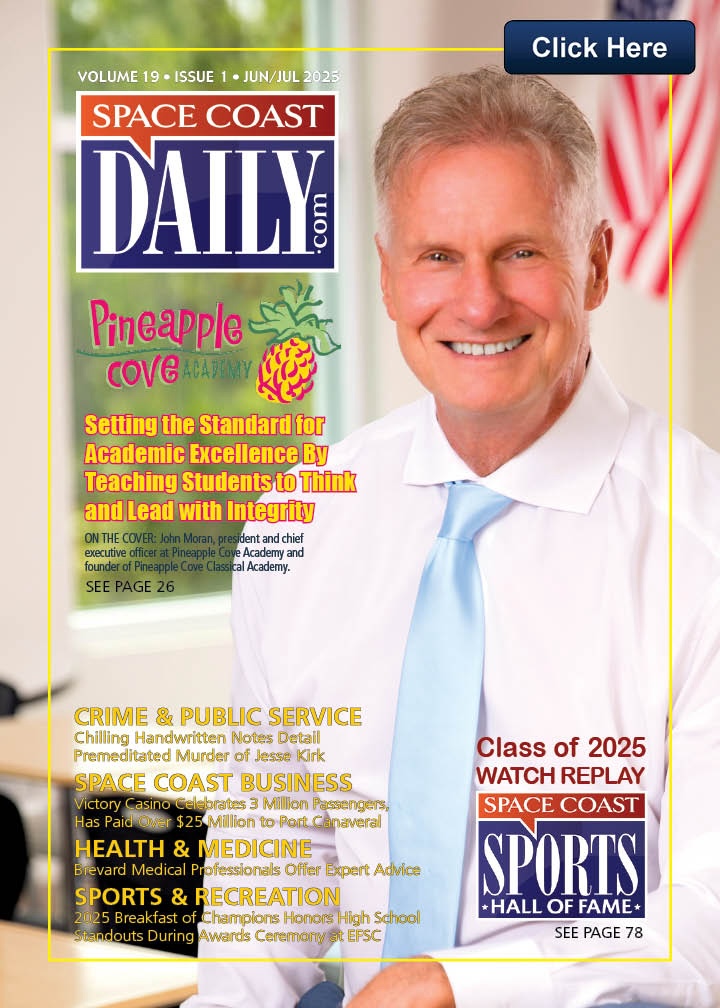Brevard Zoo Completes Largest Living Shoreline Yet, Part of Indian River Lagoon Protection
By Space Coast Daily // June 23, 2020
965 feet in length, the project incorporated approximately 17,000 live oysters

BREVARD COUNTY, MELBOURNE • FLORIDA – Brevard Zoo’s Restore Our Shores (ROS) team recently completed its largest living shoreline build to date.
This conservation project, which took several weeks to complete, was jointly funded by the Indian River Lagoon National Estuary Program and Brevard County’s Save Our Indian River Lagoon Project Plan.
The living shoreline was built across three different conservation properties along the Indian River Lagoon in Melbourne Beach that are managed by Brevard County’s Environmentally Endangered Lands (EEL) program.
A total of 965 feet in length, the project incorporated approximately 17,000 live oysters (raised by the Zoo’s oyster gardening volunteers) in mesh bags and over 3,700 individual plants representing 15 species(including seagrass and all three of the area’s native mangrove species).
“Although the current pandemic has affected many aspects of our world, nature never stops,” said Jody Palmer, the Zoo’s director of conservation.
“We were fortunate to be able to complete this project on schedule by utilizing social distancing techniques for the safety of our staff.”

The living shoreline site will be monitored by ROS and EEL staff for at least three years. Researchers from University of Central Florida’s Coastal and Estuarine Ecology Lab will also monitor the oysters for several years.
Zoo staff will use their findings to refine installation techniques for future projects.
A living shoreline refers to the use of oyster reefs, vegetation and other organic features to improve water quality, control erosion and reduce wave energy in the lagoon. These areas also provide habitat and nesting for many native species of birds, fish, crabs and shrimp.














